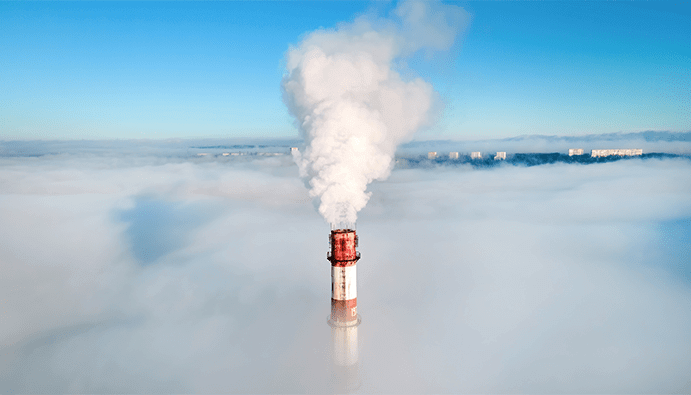
BLOG
KATEGORİDEKİ DİĞER YAZILAR

EPA (Environmental Protection Agency) Method-4 is a reliable and widely used method for measuring moisture in flue gas. This method involves taking a sample of the gas and analyzing it to accurately determine the moisture content.
Intended Use:
The most widely used method for determining the moisture content in flue gas is EPA Method-4. When applying this method, a fixed rate of gas is sampled from the stack, moisture is removed from the sample stream and determined volumetrically or gravimetrically.
The EPA Method-4 method essentially involves two procedures. The reference method determines the exact and absolute moisture content of the flue gas, for example, when there is a need to calculate emission data. The other method, the approximation method, is used to estimate the moisture percentage in order to adjust the isokinetic sampling rate prior to the pollutant emission measurement study. The approximation method is only a proposed method. Other methods for estimating moisture content are also accepted, such as drying tubes, condensation techniques, condensation techniques or previous experience.
The reference method is mainly applied at the same time as a pollutant emission measurement study. In this case, the isokinetic percentage, pollutant emission rate and similar calculations are based on the results of the reference method or equivalent.
Nanolab Laboratories Group continues to provide services within the scope of Flue Gas Moisture Determination. We also provide services in Emission - Imission Measurements.
Contact us for more information.
You can follow us on LinkedIn for up-to-date news and posts about our services.
Follow our Instagram account to be informed about our latest blog posts.